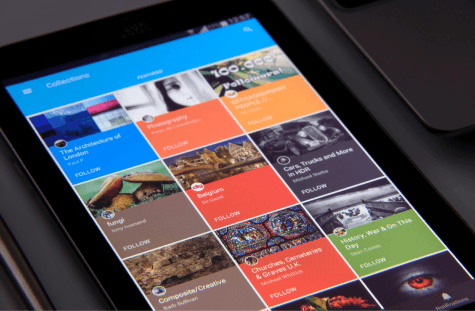
Praha
Jul 13, 2024
UX Research
Designing for Accessibility in UI: Essential Guidelines
Explore essential accessibility practices for UI design to create a user-friendly experience for everyone, including users with disabilities.
Why Accessibility is Important in UI Design
Improves inclusivity, making your product usable for people with a wide range of abilities.
Enhances SEO and discoverability, as accessible designs are often better structured.
Helps ensure compliance with legal standards like the ADA, reducing legal risks.
Boosts usability for all users, as accessible design is often more intuitive.

Core Accessibility Principles for UI Design
Focus on Color Contrast - Use high-contrast color combinations for text and background to ensure readability for users with visual impairments.
Keyboard Navigation - Ensure that all interactive elements are accessible via keyboard for users with motor disabilities who may not use a mouse.
Provide Descriptive Alt Text for Images - Alt text allows screen readers to describe images, making the interface more accessible to visually impaired users.
Best Practices for Accessible UI
Use Clear and Concise Labels - Label all buttons and input fields clearly to assist users with screen readers and cognitive disabilities.
Design for Screen Readers - Ensure that the interface is navigable by screen readers by structuring content logically, using headings, and adding ARIA (Accessible Rich Internet Applications) labels.









